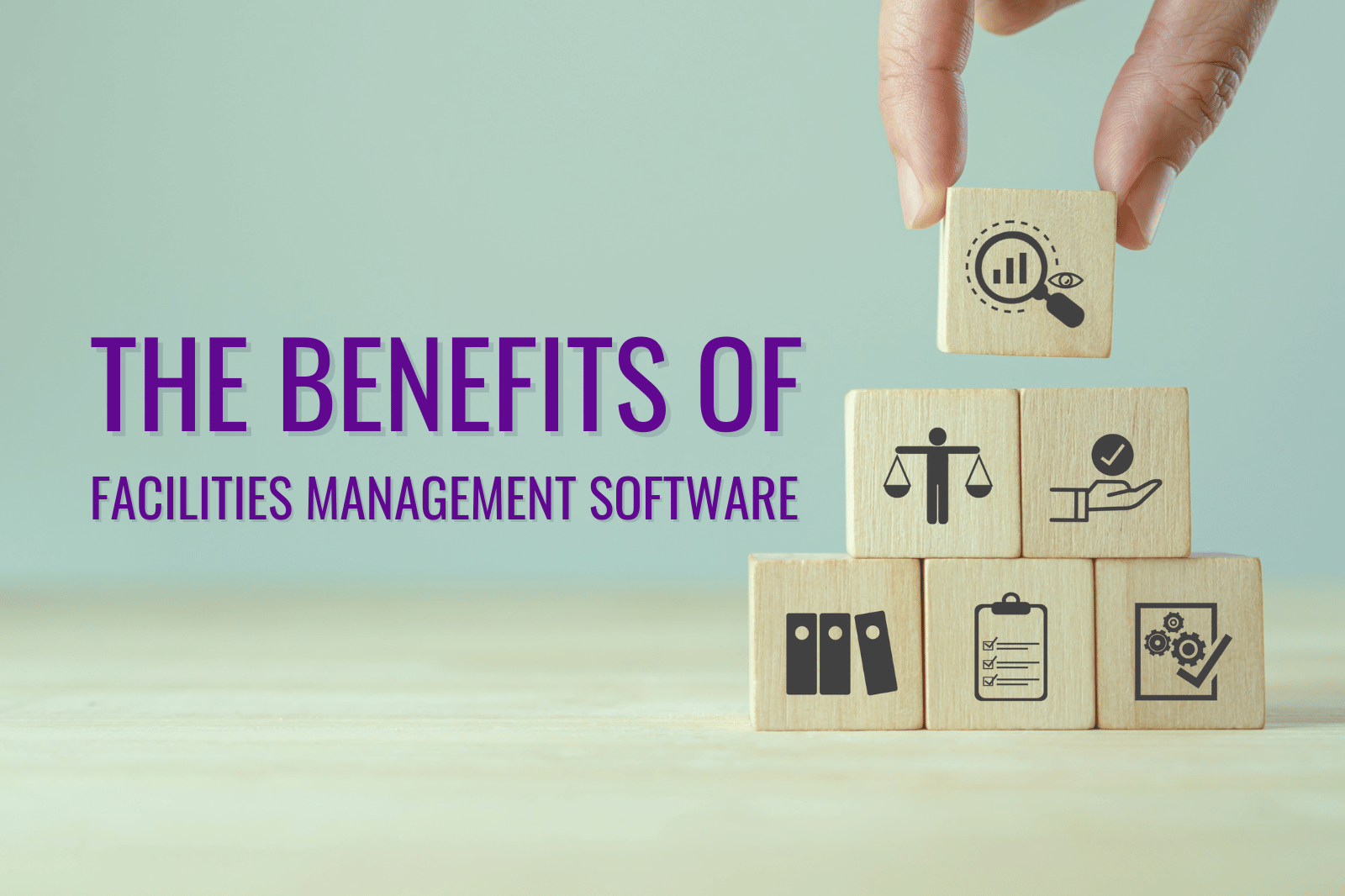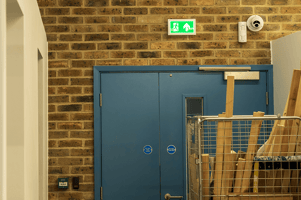Beyond the Big Quit: Why Productivity is about more than Output Per Unit
High inflation, stagnating wages, economic recession and a world-wide pandemic have changed the workforce, in some ways that will probably take...

Facilities managers face many critical challenges in their operations. On top of that, inflation and staff shortages are putting pressure on managers to deliver the best service possible at the lowest cost.
Luckily, these hurdles can be overcome through use of FM software, saving time on administration and daily processes to really transform the way that facilities managers work.
To find out just how FM software, particularly mobile-first platforms that use applications to collect data and assign tasks, can help facilities managers meet today’s problems and exceed expectations, read on.
The enemies of smooth operations are ambiguity, uncertainty, and missing information. You cannot be everywhere at once — but the right digital tools can help you keep track and respond faster to problems.
Facilities teams often use a simple logbook to track their work and staff attendance. However, a workforce management app like mpro5’s can replace these functions, while being more convenient and providing more reliable data.
Clocking in and out using an app is much faster, plus you get the data along with the time, date, and location. You can use NFC (Near Field Communication) or QR tags to make this picture even clearer. In fact, every location on site will have an individual tag. Team members scan the tag when they are working in a particular area to log the time, date, and location of the user. From this data you can understand who was where and what they did, making it an essential tool for security patrolling, cleaning, and maintenance.
Pulling this data into a dashboard provides a live view of facilities operations, including attendance and works. This visibility gives you the control to counter problems like staff absence by requesting more help early.
%20(1).png?width=339&height=226&name=The%20NHS%20must%20be%20(10)%20(1).png)
It's easy to establish a picture of your actual FM service delivery using one of these dashboards. What’s more, you can also share this data with your clients to create an open dialogue on performance and SLAs. These tags have many purposes. For example, scanning the same tag could open an audit for a manager or present a digital workflow for a cleaner.
These apps save facilities managers time, give them more control, and the ability to react to problems quickly.
As your business grows, so too does the paperwork. It might start off being manageable, but administration can become a serious burden when working on your own facilities or those of your clients.
Legacy systems can be as damaging to your growth as paper. These systems often don't talk to each other, and are either unsupported or have limited scope, stifling innovation and putting you behind your competition.
Newer software tends to be more flexible, with pre-built integrations and the capacity to add more processes. Instead of hindering growth, these tools can ease expansion. The product of a well-integrated tech stack is a single source of the truth. While a 'Single Pane of Glass' is not always realistic, you should be able to understand your operational performance immediately. There are several benefits to this, including:
A clear picture also encourages innovation that is practical and delivers value quickly. Often, innovation projects are speculative, expensive, and disconnected from your problems. The key is to have that truthful understanding of where you need to improve. Many of the largest facilities providers are consolidating, and smaller facilities providers need to focus on innovation and scalability to compete on value and quality.
At any given moment, how compliant are your FM operations? This is not an easy question to answer, but with the right digital tools it can be.
Aside from the administrative burden, a lack of compliance visibility exposes your business to risks. Problems forgotten in the bottom of an inbox are often the source of later headaches or accidents.
 Data integrity is also an issue. Written data can be in the wrong form, filled out incorrectly or, sometimes, made up to save time. This exposes your business when accidents do happen and someone makes a complaint. It could be time-consuming, expensive, and fruitless trying to find the data that proves you acted with due diligence.
Data integrity is also an issue. Written data can be in the wrong form, filled out incorrectly or, sometimes, made up to save time. This exposes your business when accidents do happen and someone makes a complaint. It could be time-consuming, expensive, and fruitless trying to find the data that proves you acted with due diligence.
A watertight regime for your compliance is possible with the right facilities management software.
Mobile first digital workflow apps can make compliance quick to do and hard to get wrong. You can't ignore questions, and you have to supply the answers in the correct format. Time and date stamps also ensure users complete critical checks at the right time.
Managers can then interrogate the well-structured data correctly in the event of an incident, reducing the cost of investigations significantly and speeding up important decisions about liability. This is particularly valuable when managing facilities in heavily-regulated industries.
Managing those crucial follow-up actions is a cinch with automation. For example, if, during a routine fire safety audit, you identify a missing fire extinguisher, a request will be triggered automatically for a new one to be ordered. You can then track the progress of the task and receive a notification when it's complete.
This takes the anxiety out of compliance by making requirements clear and straightforward to fulfil, ensuring your facilities are safe for everyone who uses them.
The first key advantage of more comprehensive digital tools is efficiency. You can remove data duplicates across different log books or reports. If a fire extinguisher is present in two separate reports and an audit, add this check to just one frequently-used workflow.
Innovative ways of working can also transform services. Reactive scheduling can be used for a range of FM areas, such as cleaning schedules, allowing you to assign tasks to your team through a mobile job management application.
The tasks are only triggered when a service request is made using a call button or a sensor detects demand. Demand is inferred through room usage that Internet of Things networks can track, such as washroom visits or foot traffic in larger areas.
Reactive scheduling removes the need for rigid job calendars, and ensures resources are deployed where they are needed most.
Automation can be as simple as sending chasing emails to third-party contractors to remove manual task management. This frees up your teams' time to focus on adding value to operations.
In this way, Coventry and Warwickshire Partnership Trust’s facilities and estates team reduced their facilities help desk staff from nine staff to just two staff. And the other seven team members can now spend their time assessing the quality of contract work.
Digital tools have the potential to transform the way you work, but, as with everything, to do it well you need the right solution for the job.
Choosing the right facilities management software for your business can be tricky, but a good starting point is to consider some key characteristics of effective solutions:
We are always ready to offer our guidance and knowledge regarding facilities management software, regardless of whether we are the ideal fit for your business or not.
High inflation, stagnating wages, economic recession and a world-wide pandemic have changed the workforce, in some ways that will probably take...
The way that field and office teams work has changed rapidly over recent years, with technology bringing significant changes to the workplace. The...

This article originally appeared in Aviation Pros.